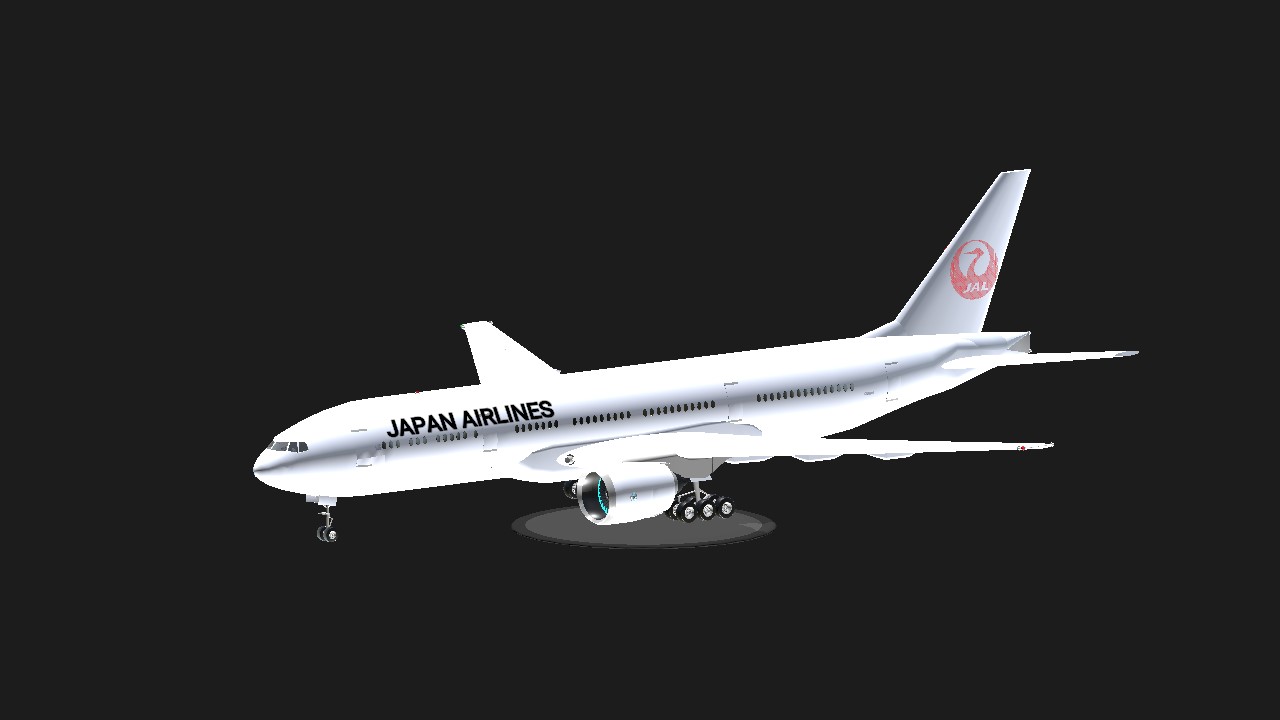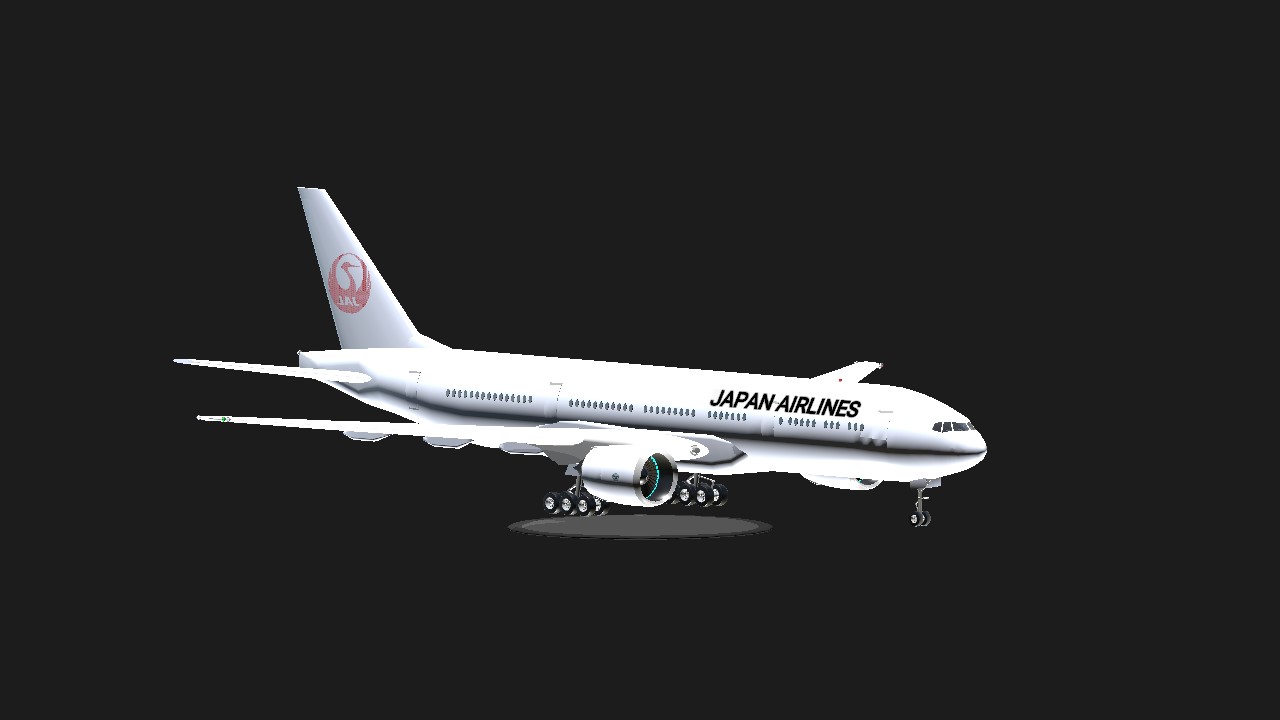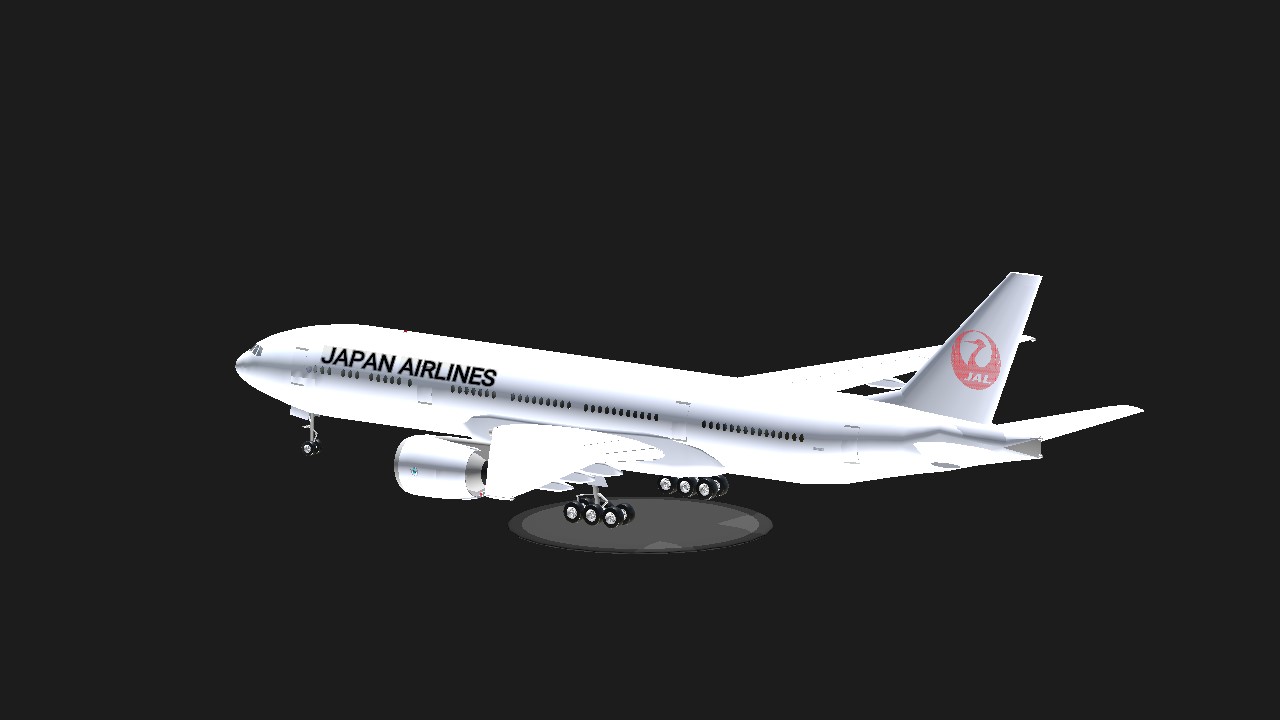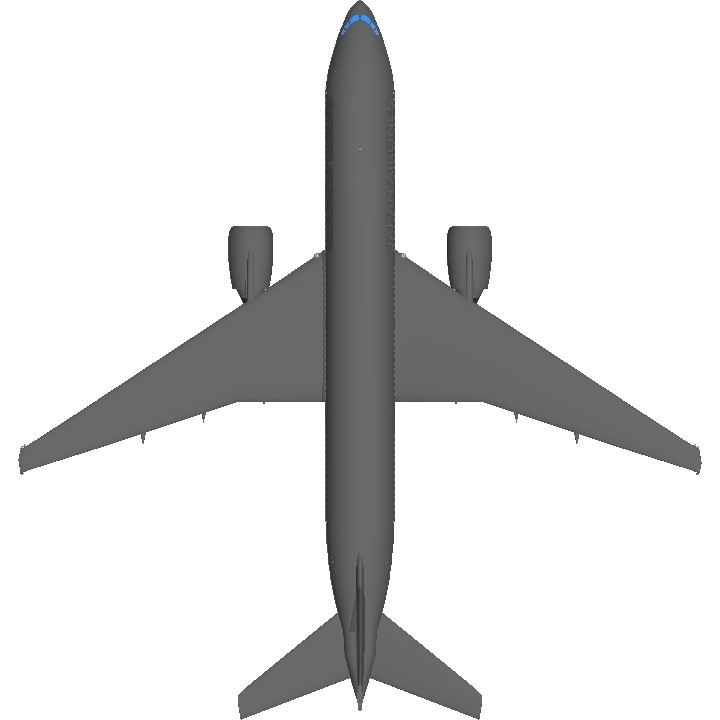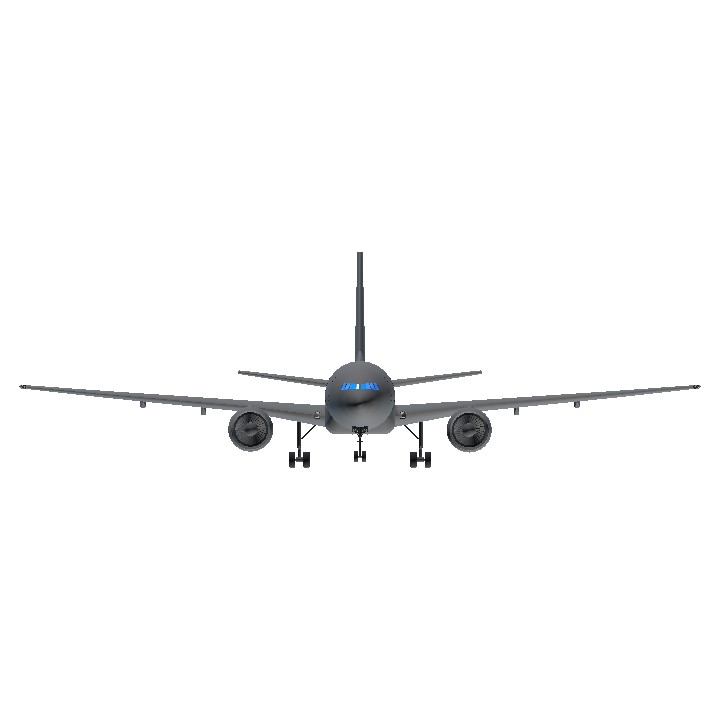About Japan Airlines:
Japan Airlines, one of the worldwide members, one of the largest airlines in Asia and one of the top 500 enterprises in the world, is the national airline of Japan and one of the worldwide members. Headquartered in Shinagawa, Tokyo, it is based at Tokyo Narita International Airport (international line) and Tokyo Haneda International Airport (domestic line), serving 229 destinations around the world. Originally the largest airline in Japan, it was overtaken by ANA after filing for bankruptcy protection in January 2010, but it still has the largest number of international routes and passengers among Japanese airlines. Japan Airlines is one of the largest airlines in Japan and even the whole of Asia, and one of the top 500 enterprises in the world. It was once regarded as a proud symbol of the postwar economic prosperity of Japan Co., Ltd. Japan Airlines originated on October 1, 1953, when it was a state-owned airline established by the Japanese government. In 1954, JAL launched the first trans-Pacific international route to the United States. After 30 years of expansion, JAL was completely privatized in 1987. In 2002, JAL merged with Jiasu Airlines, the third largest airline in Japan at that time. Japan Airlines' safety measures are also recognized by the International Air Transport Association. In 2008, the annual passenger volume of JAL was 50 million. JAL currently uses Boeing 767-300ER, Boeing 777-200ER, Boeing 777-300ER, Boeing 787, etc. for medium and long-haul international flights; Boeing 737, 767 and 787 are used for short distance and inland. There are also four domestic airlines in the Group: J-Air, JAC, JTA and RAC, which provide connecting services and short flights to secondary destinations [4]. In December 2018, World Brand Lab released the list of Top 500 World Brands in 2018, and Japan Airlines ranked 464th.
About Boeing 777:
Boeing 777-200 is the first model in the Boeing 777 family, which belongs to the A-type market (the range can be about 3,900 to 5,200 nautical miles across the inland of the United States). Using Pratt & Whitney PW4077, GE GE90-77B or Rolls-Royce Trent 885 engines, the thrust exceeds 74,000 pounds, the maximum takeoff weight ranges from 505,000 pounds to 545,000 pounds, and the maximum range reaches 9,650 kilometers. The number of typical seats in standard level 3 is 305, and the maximum number of seats is 440. Because Boeing 777 is designed by CAD drawing technology, it does not need a prototype and can be manufactured directly in mass production. The first Boeing 777-200 made its first flight on June 12, 1994. On April 19, 1995, it obtained the European Joint Airworthiness Certificate and the type certificate of the Federal Aviation Administration of the United States. On May 30, 1995, it was allowed to fly for 180 minutes, and it was delivered to the user United Airlines for the first time on May 17, 1995. Up to July 2011, 62 companies had ordered 1,242 Boeing 777s, of which the 1000th (777-300ER) was delivered to Emirates Airlines in March 2012. Boeing 777 is a long-range twin-engine wide-body passenger aircraft manufactured by Boeing Company of the United States, and it is the largest twin-engine wide-body passenger aircraft in the world. The third-class cabin has a capacity of 283 to 368 passengers and a voyage of 5,235 nautical miles to 9,450 nautical miles (9,695 to 17,500 kilometers). Boeing 777 has a circular fuselage design, and its landing gear has 12 wheels, and its engine diameter is also the largest among all passenger planes. Boeing invested a lot of resources to develop 777, which is the second gamble in Boeing history after 747. If it fails, Boeing may be doomed to bankruptcy, but it turns out that Boeing 777 is a successful aircraft. The direct competitors of Boeing 777 are A330-300, A340 and the developed A350XWB.
Specifications
General Characteristics
- Predecessor B777-200LR
- Created On Android
- Wingspan 198.5ft (60.5m)
- Length 209.1ft (63.7m)
- Height 62.6ft (19.1m)
- Empty Weight N/A
- Loaded Weight 156,253lbs (70,875kg)
Performance
- Power/Weight Ratio 1.427
- Horse Power/Weight Ratio 0.019
- Wing Loading 28.2lbs/ft2 (137.5kg/m2)
- Wing Area 5,547.8ft2 (515.4m2)
- Drag Points 13229
Parts
- Number of Parts 501
- Control Surfaces 9
- Performance Cost 3,354

